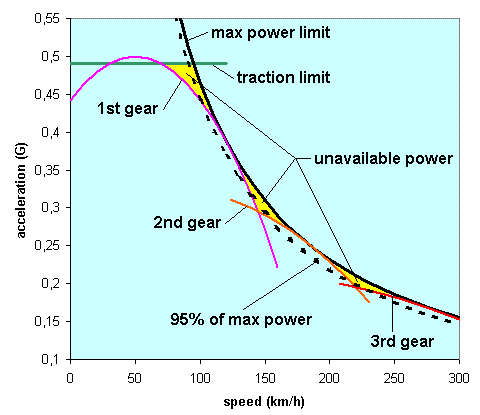yoshimitsuspeed
Automotive
- Jan 5, 2011
- 191
I spend a lot of time in the automotive community and a lot of time on car forums and groups.
Ever since I started to learn the actual relationship of torque and power it drove me crazy how few others in the automotive world actually understood this basic formula. People capable of building motors that make 500 hp per liter and who still think that torque is low end power.
I have gotten into enough arguments with people to learn that most would rather argue relentlessly cause that's what theys daddy taught them than sit down and think about the simplicity of the formula long enough to understand the relationship of the two.
I have decided to try a different tact and make a little quiz that gets people thinking about this from a different angle and maybe hoping they will get the point that torque and power can't be compared, and that torque does not mean low end power.
I just started on this tonight and it's 3AM. I want to do more to improve it but I also would love some input from others on ways I could improve it.
I would like it to be as detailed and informative as possible while still being interesting and keeping the person engaged and interested.
Tell me what you think of what I have so far.
What could I do better?
What are other questions I could ask or ways I could put things to get people thinking about the relationship without getting too bogged down in the math to loose too many people?
On that note should I focus more on the math or stay more with the basic relationship and principles?
Ever since I started to learn the actual relationship of torque and power it drove me crazy how few others in the automotive world actually understood this basic formula. People capable of building motors that make 500 hp per liter and who still think that torque is low end power.
I have gotten into enough arguments with people to learn that most would rather argue relentlessly cause that's what theys daddy taught them than sit down and think about the simplicity of the formula long enough to understand the relationship of the two.
I have decided to try a different tact and make a little quiz that gets people thinking about this from a different angle and maybe hoping they will get the point that torque and power can't be compared, and that torque does not mean low end power.
I just started on this tonight and it's 3AM. I want to do more to improve it but I also would love some input from others on ways I could improve it.
I would like it to be as detailed and informative as possible while still being interesting and keeping the person engaged and interested.
Tell me what you think of what I have so far.
What could I do better?
What are other questions I could ask or ways I could put things to get people thinking about the relationship without getting too bogged down in the math to loose too many people?
On that note should I focus more on the math or stay more with the basic relationship and principles?

